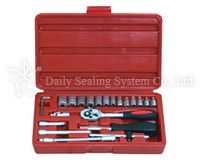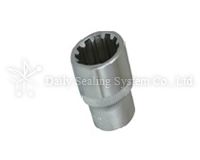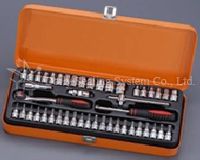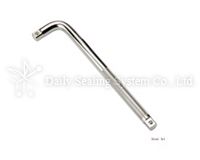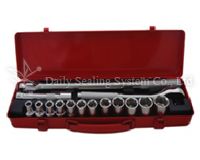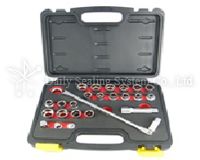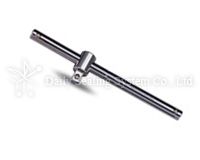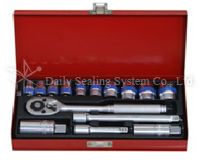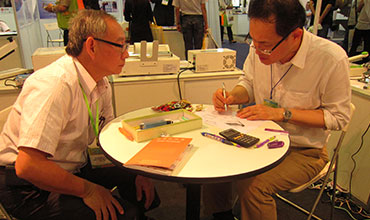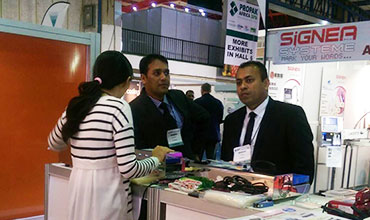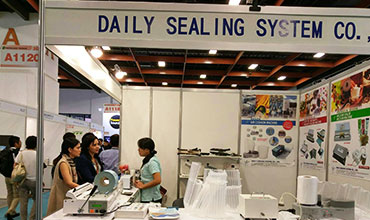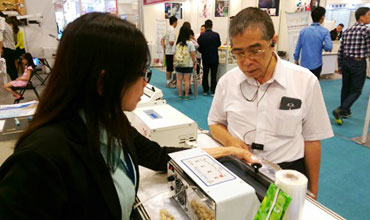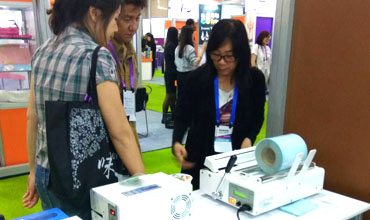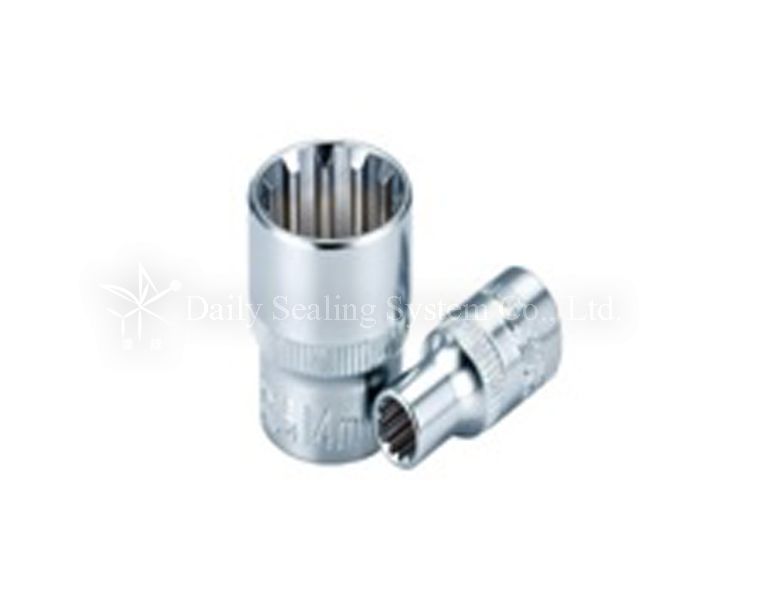
- Detail
3/8"DR SOCKET 6PT&12PT
| ITEM NO | SIZE (mm) | SIZE(SAE) | L(mm) |
| CM3006 | 6 | 1/4" | 28 |
| CM3007 | 7 | 9/32" | 28 |
| CM3008 | 8 | 5/16" | 28 |
| CM3009 | 9 | 11/32" | 28 |
| CM3010 | 10 | 3/8" | 28 |
| CM3011 | 11 | 7/16" | 28 |
| CM3012 | 12 | 15/32" | 28 |
| CM3013 | 13 | 1/2" | 28 |
| CM3014 | 14 | 9/16" | 28 |
| CM3015 | 15 | 19/32" | 28 |
| CM3016 | 16 | 5/8" | 28 |
| CM3017 | 17 | 21/32" | 30 |
| CM3018 | 18 | 11/16" | 30 |
| CM3019 | 19 | 3/4" | 30 |
| CM3020 | 20 | 25/32" | 32 |
| CM3021 | 21 | 25 | |
| CM3021 | 21 | 13/16" | 32 |
| CM3022 | 22 | 7/8" | 32 |
| CM3023 | 23 | 32 | |
| CM3024 | 24 | 15/16" | 32 |
Specification
You May Also Like
Why Choosing Dailysealing
Parts and material quality control
- Heating elements are from Japan.
- Motor, Transformers, PCB and vacuum bags are made in Taiwan.
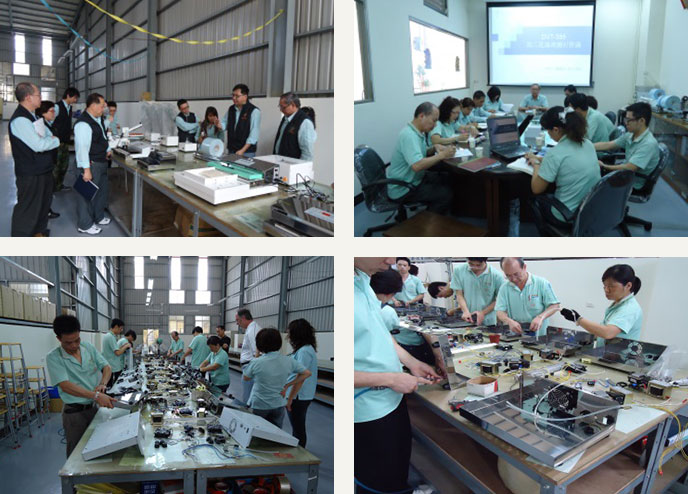
Strict quality control
- 100% product inspection: The inspection is included functions and appearance of sealing machines.
- Tensile strength test to ensure the sealing line tensile strength value reaches the customer standard.
- Electric leakage test: Puncture and insulation test.
- Our production and inspection are all based on ISO 9001.
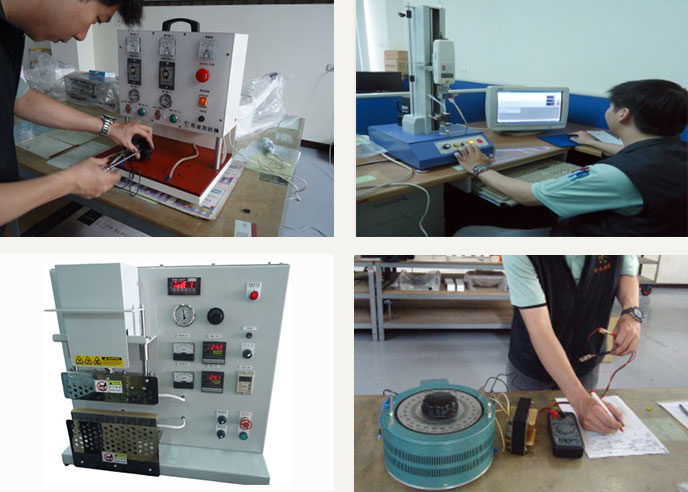
Professional packaging and sealing machine factory
- Produce many kinds sealing machines and ODM/OEM products and provide custom-made services.
- More than 30 year experiences in packaging machines industry.
- Sell sealing machines to America, Europe, Latin America and Asia.
- 85% products in stocks, so we can deliver the products quickly.
- The production process is based on SOP to ensure the quality of sealing machines consistently.
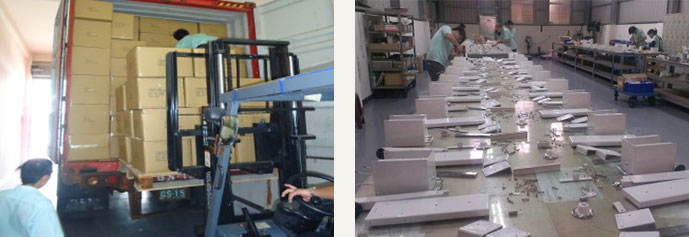
Complete range of specifications of sealing machines
- Complete range of specifications of sealing machines.
- Many kinds of sealing machines and consumptive materials in stocks, so customers can do one-stop shopping here.
- The customers include Biotechnology companies, Medical equipment companies, Food industry, Electronics industry, Handmade soap industry and other industry..
Custom-made sealing machine service
- Custom-made sealing machine service
- Designs of the special sealing machine for irregular shape sealing line, such as U-shape sealing line and L-shape sealing line.
- Different width of sealing line could be custom-made to meet customer requirements.
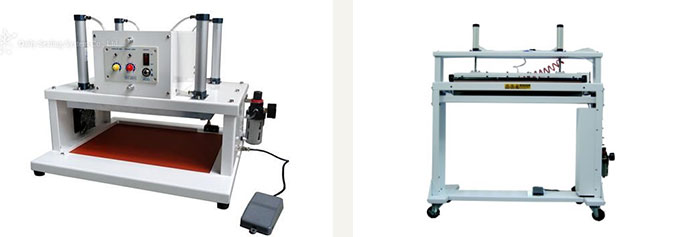
After-sales service of professional sealing machine
- Provide the professional service for repair the broken sealing machine immediately.
- The sufficient supply of parts stock, so don’t worry about the parts replace.
- Some parts of sealing machine are used in common specifications, so it is easy to get the parts for replace.
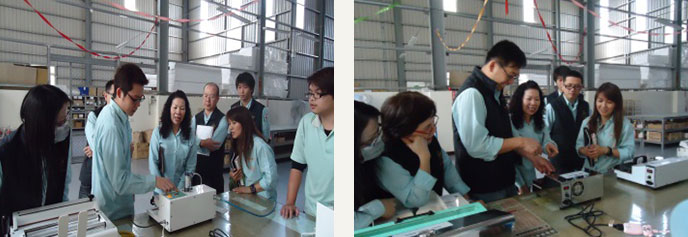
Exhibitions and trade shows
News
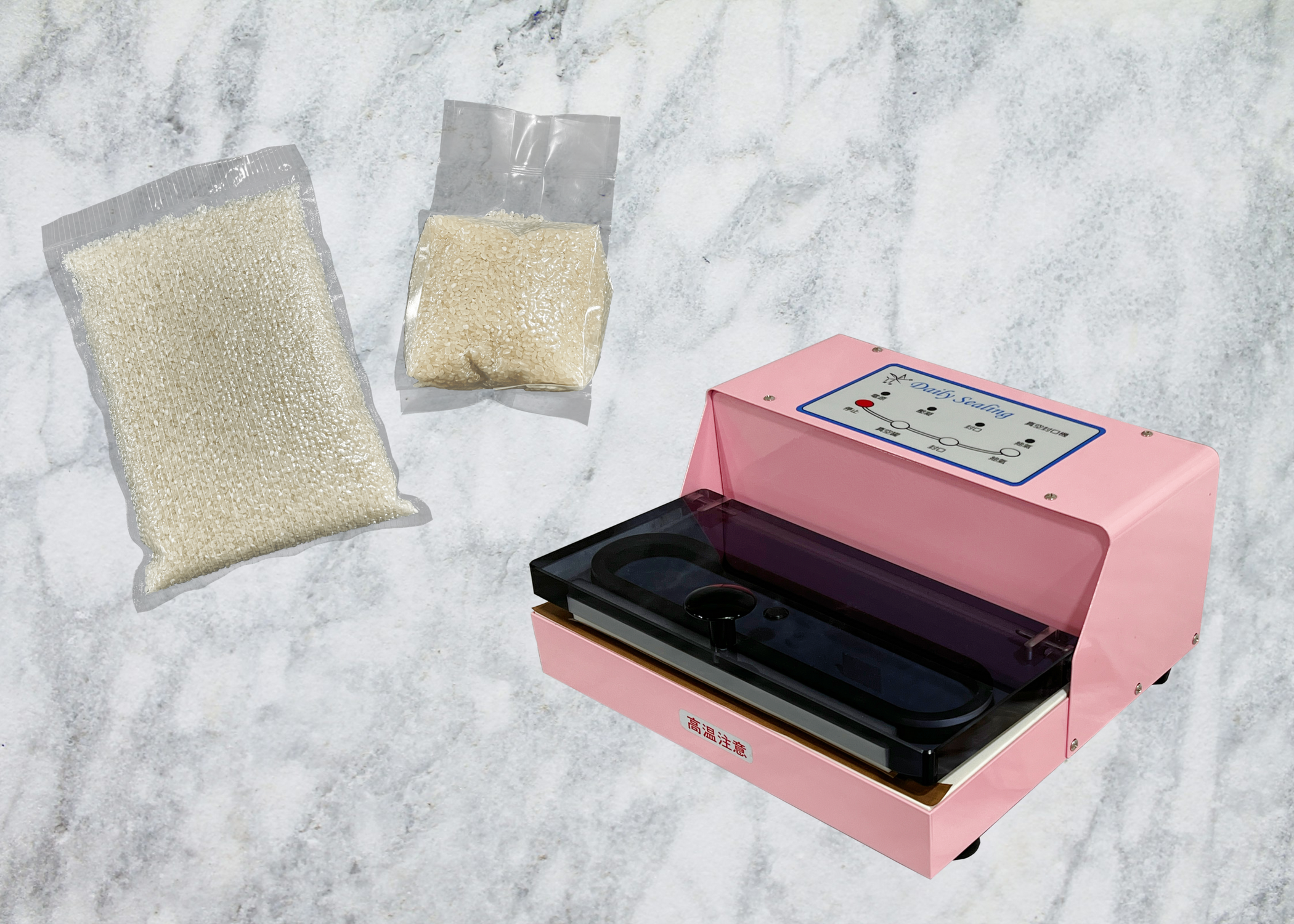
2024/7/12
Q&A-Why can’t the vacuum effect be maintained after using the vacuum sealer?
Why can’t the vacuum effect be maintained after using the vacuum sealer? The following are possible reasons. Users can check by themselves first. 1. The wrong material of packing bags: the material of plastic bags is PE, PP which can’t maintain the vacuum
effect. The air will enter into the bags after the vacuum sealer finishing working. It is recommended to choose Nylon bags, Aluminum foil bags which can maintain the vacuum effect for a long time. 2. The sealing line is not sealed well: please check whether
the sealing line is complete or not. If the sealing line is not closed, the air will run into the bags. (1) If the bag is too thick, and the vacuum sealer wasn't set for enough sealing time, the heat wasn't enough to seal the bag. If the vacuum sealer can
adjust the sealing time, users can add more seconds to test whether the sealing is firm. If the vacuum sealer can't adjust the sealing time, users may need to replace the thinner bag or buy another vacuum sealer with setting sealing time function. (2)
There have also been cases where the bottom seal of the original bag was not sealed properly. In this case, seal the bottom sealing line again before vacuuming. 3. Vacuum bag styles are not suitable for vacuum sealers: non-nozzle vacuum sealers can't
be used for vacuum flat bags. Therefore, if you buy a non-nozzle vacuum sealer, you must pay attention to the style of the bag you use. This vacuum sealer is a must-to-use vacuum embossed bag or Nylon gusset vacuum bag. It is recommended that when purchasing
a vacuum sealing machine or vacuum bag, it is more appropriate to confirm with the supplier first. 4. The vacuum bag is broken: (1) If the package article has acute angles, be careful not to cut the vacuum bag when putting it into the vacuum bag. (2)
Vacuum sealer in the process of pumping, when the bag is shrunk to the package, it may be punctured by the packaging.
MORE

2023/1/5
2023 Chinese New Year Festival
Dear Sirs, In accordance with government guidelines on Lunar New Year Festival, Daily Sealing will be closed from January 20 to January 29, 2023 for a vacation break. We are very grateful for your patronage and collaboration in the past year, and would
like to take this wonderful opportunity to wish you Happy New Year! Yours truly, Daily Sealing System Co., Ltd.
MORE
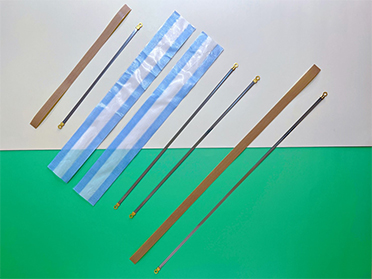
2024/11/5
What is Impulse Sealer Heating Element?
What is Impulse Sealer Heating Element? A Heating Element is a key component in impulse sealers, which are devices used to seal plastic bags and other thermoplastic materials. Here are the main points about this element: Function: The heating element
generates heat when an electrical current passes through it, which melts the thermoplastic material to create a seal. Material: The heating elements are typically made from a nichrome wire (an alloy of nickel and chromium) because of its high resistance
to electricity and ability to withstand high temperatures without breaking down. Operation: In impulse sealers, the heat is only generated when the sealer is in operation (i.e., when the handle is pressed down), which means the wire is only heated for short
periods. This helps prevent the wire from overheating and extends its lifespan. Replacement: Over time, the heating element can wear out due to repeated heating and cooling cycles. It may need to be replaced to maintain the sealer's effectiveness. Installation:
Replacing the heating element typically involves removing the old one, cleaning the sealing bar, and then carefully installing the new one to ensure it is taut and properly positioned. This component is crucial for the proper functioning of impulse sealers,
widely used in packaging industries to ensure seals.
MORE
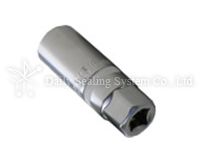
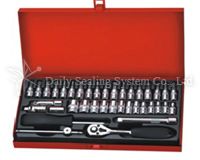
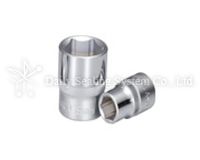
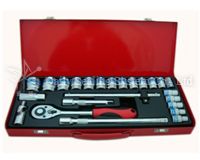
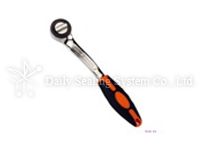
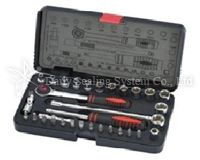
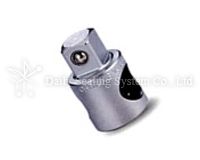
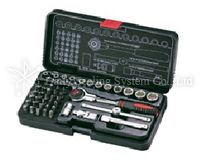
_1.jpg)
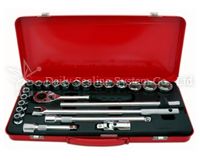
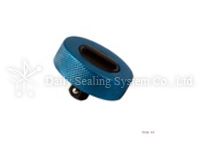
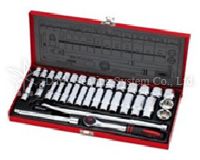
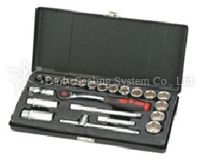
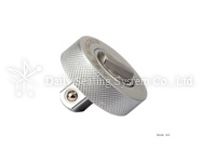
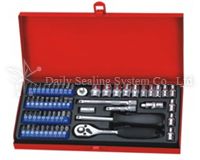
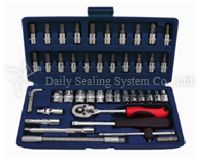
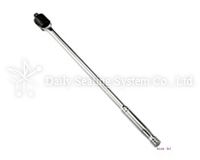
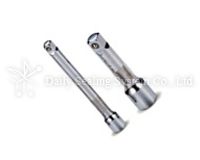
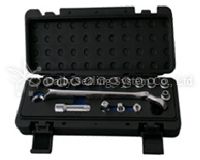
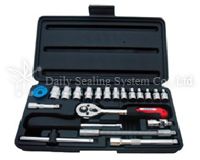
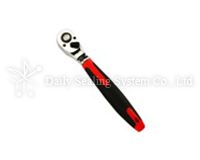
.jpg)
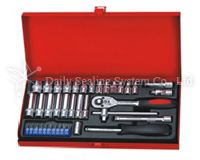
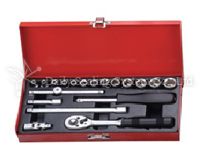
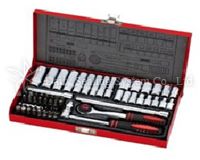
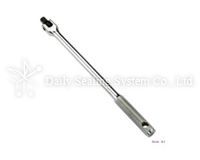
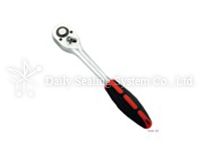
_1.jpg)

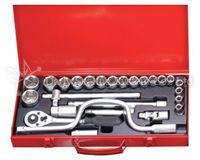

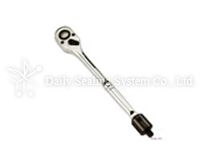


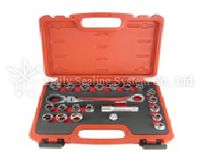
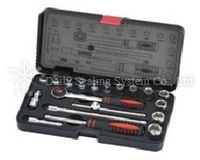
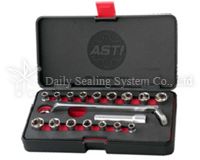
_1.jpg)




